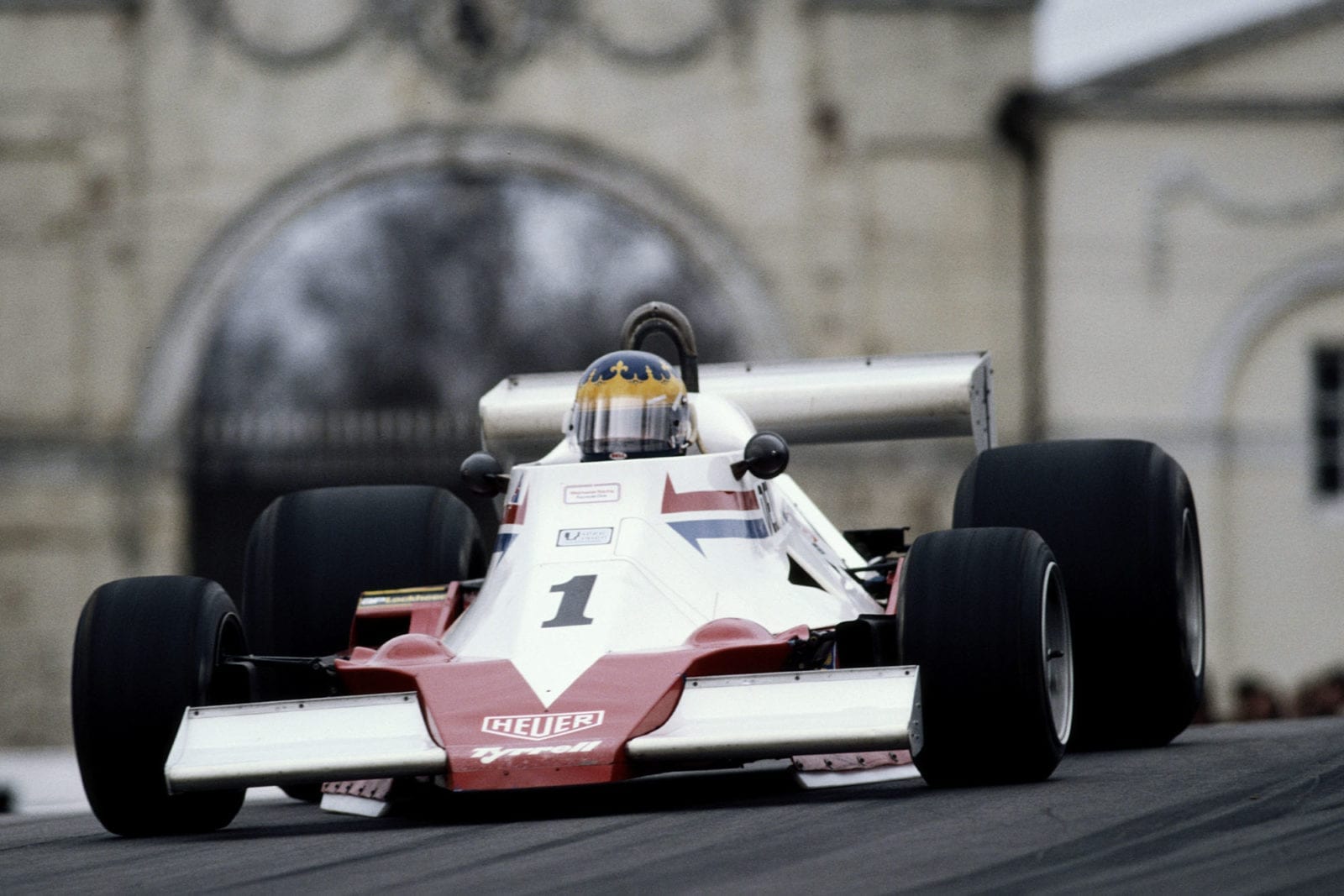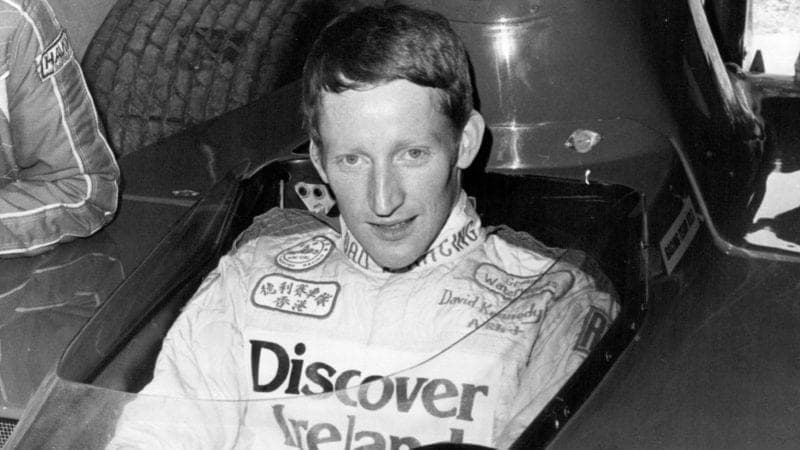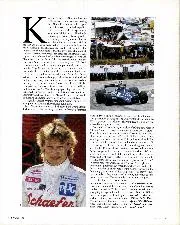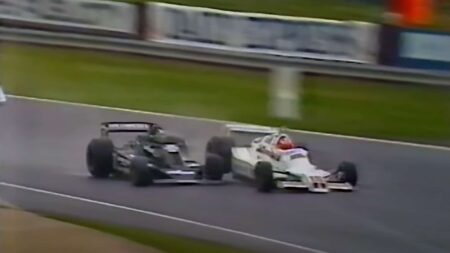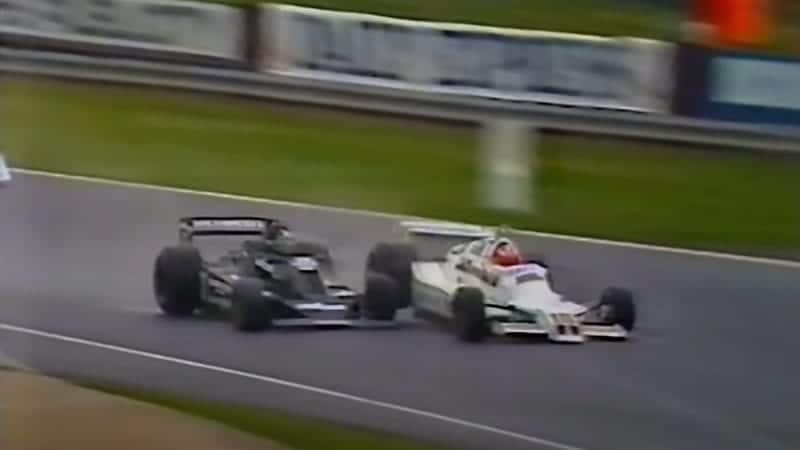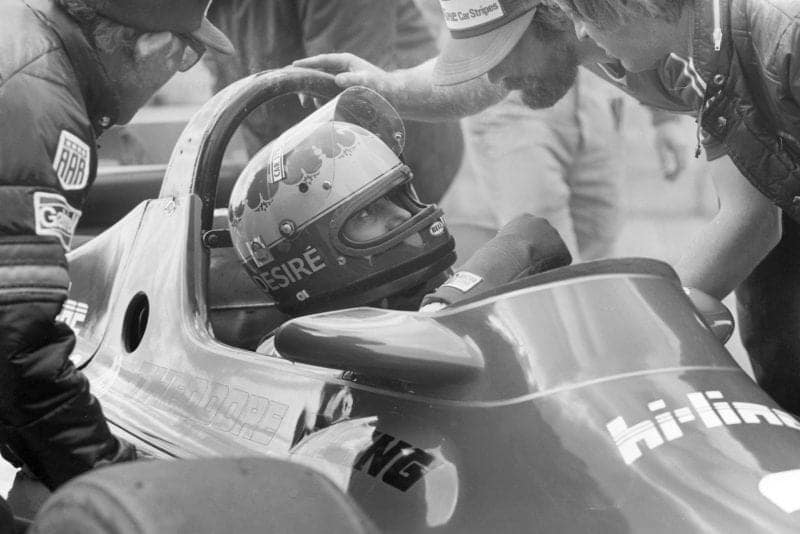Tony Trimmer, the ShellSport title-holder in a Surtees TS19 the previous season, had aspirations of breathing life into his stillborn grand prix career, but he didn’t even have enough finance for a full year of Aurora. “Our budget was something like £90,000 and we’d run out of money by the end,” he says. “It was very tough finding the money to run an F1 car in a national series.”
That explains why grids were on the thin side in Aurora’s first year, but something significant happened at the seasonal finale. A young Irishman by the name of David Kennedy, double Formula Ford 1600 champion back in 1976, turned up after two disastrous seasons of F3 in Europe.
“I was trying to resurrect a career and get to the top,” recalls Kennedy. “I thought it would do me a lot of good if I could beat experienced F1 guys in Aurora and get experience at that level.” He arrived at Snetterton with the same Theodore Racing Wolf WR4 that Keke Rosberg had driven in a handful of GPs that year.
As the RAM Racing boss John Macdonald, then running a pair of F2-based March 781s, remembers: “The Irishman came along to Snett’ and gave us a beating.”
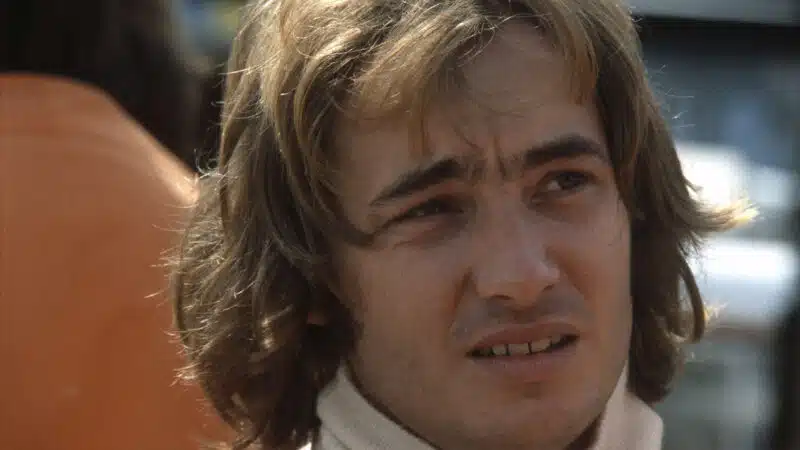
Rupert Keegan was Kennedy’s arch rival in British F1’s peak season
Grand Prix Photo
Kennedy was encouraged by the prospect of racing against 1976 British Formula 3 champion Rupert Keegan, who was rumoured to be stepping down to Aurora after two mixed seasons in GP racing. The perception of the series was clearly changing: no longer was it regarded as a retirement home for 30-somethings who had never quite made it at the highest level. Webb’s vision of it becoming “an advanced training ground for future grand prix drivers” looked for a while as though it might become a reality.
Keegan did make the switch to Aurora and he was later joined in the BS Fabrications Arrows squad by F2 refugee Ricardo Zunino. No-one knew it at the time, but the wealthy Argentinian’s deal was brokered by Bernie Ecclestone, who wanted him in the Brabham GP team for the following season.
Aurora’s grids expanded rapidly in 1979, drivers and teams encouraged by an increased prize fund from slotcar maker Aurora and the television coverage. An interesting addition was multiple motorcycle world champion Giacomo Agostini, whose Marlboro lire secured a supply of Williams FW06s for Bracey-Price Motorsport to run. Others attracted from abroad included Belgian Bernard de Dryver and Gordon Smiley from Texas.
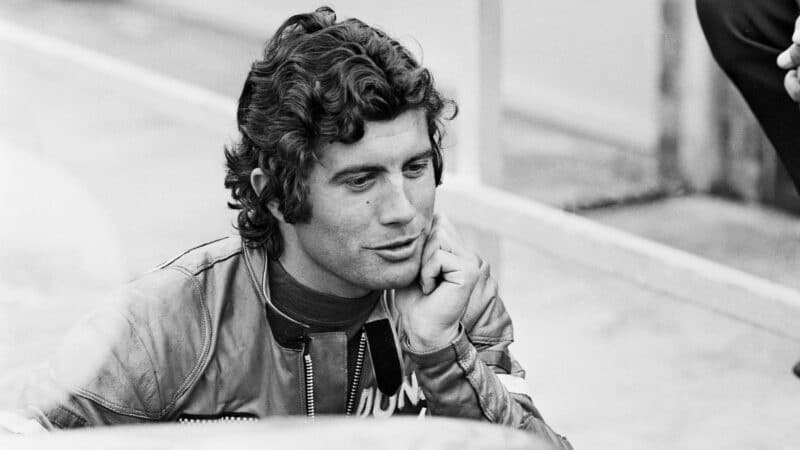
Motorcycle legend Giacomo Agostini tried his hand at F1 – and being team chef – in the Aurora series
Getty Images
Agostini’s two-year stint in Aurora failed to produce a win, but he notched up seven podiums in the FW06. But he is best remembered, at least within his team, for culinary expertise. “Ago always cooked for us on Saturday nights,” remembers Dave Price. “Once at Mallory he couldn’t get the ingredients locally, so he jumped in his Marina and went off to London. He knew he could get everything he wanted at Harrod’s.”
If Ago added a touch of panache, then Smiley brought controversy. The American, who would later die at Indianapolis, had signed with reigning champions Melchester Racing to drive one of two Tyrrell 008s owned by the late Brian Kreisky. Their relationship wasn’t easy and finally ended in Zandvoort during one of three overseas rounds that year. Smiley had been relegated to Trimmer’s old M23 after a series of crashes in the more up-to-date car. Kreisky, talking shortly before his death, said blows were exchanged.
